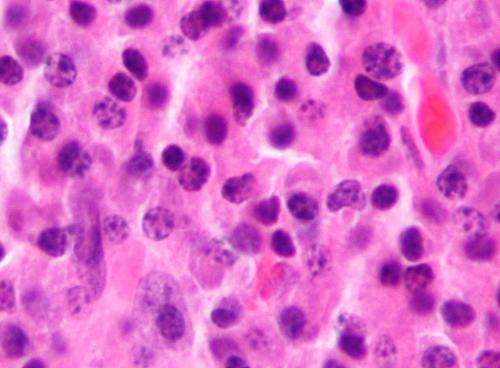Verbal Response Time as a Marker for Detecting Sleepiness in Older Adults

New research from UCLA reveals that speech response times can serve as a passive and scalable marker for detecting sleepiness in older adults, with potential applications in health monitoring and safety.
A recent study conducted by UCLA researchers highlights a promising approach to assessing sleepiness in older adults through verbal response time (VRT). VRT refers to the time it takes for an individual to respond verbally after a stimulus. The study found that longer verbal response times are associated with higher levels of sleepiness, especially in older individuals who are taking sedative medications.
This research involved analyzing voice data collected during standardized cognitive assessments, where participants' responses were recorded via a mobile application. The investigators discovered that increased VRT correlated strongly with self-reported feelings of sleepiness, suggesting that delaying responses can serve as an indicator of heightened sleepiness levels.
Importantly, the study also developed a computer model capable of predicting subjective sleepiness with notable accuracy. This model achieved an F1-score of 0.80 ± 0.08, indicating a balanced performance between sensitivity and precision. Additionally, voice analysis reliably distinguished speaking from silence with 92.5% accuracy, underscoring the potential for voice-based monitoring tools.
The significance of these findings lies in the possibility of implementing passive, low-effort methods for detecting sleepiness outside clinical settings. Such tools could help prevent accidents and health issues related to excessive sleepiness, like falls or cognitive impairment, which are common concerns for older adults. This approach opens avenues for integrating voice analysis into everyday devices such as smartphones and telehealth systems to monitor alertness trends over time.
Lead researcher Dr. Tue T. Te emphasized that simple speech response metrics could provide valuable insights into a person’s level of alertness, making it a scalable option for ongoing sleepiness assessment. The research team aims to expand these findings to larger, more diverse populations and explore further applications, including tracking medication effects and early signs of cognitive decline.
This innovative approach was published in the journal Sleep Science and Practice. The study demonstrates a scalable, non-invasive method to detect sleepiness, potentially enhancing safety and health monitoring for older adults.
source: https://medicalxpress.com/news/2025-07-response-reveals-hidden-sleepiness-older.html
Stay Updated with Mia's Feed
Get the latest health & wellness insights delivered straight to your inbox.
Related Articles
The Potential Risks of Social Media Injury Recovery Videos
Social media injury recovery videos may seem motivating but can pose risks by promoting unsafe practices and misinformation that delay healing. Learn how to approach online content safely.
New Research Identifies PTP1B as a Key Target to Protect the Heart in Obesity and High-Fat Diet Conditions
Research from MMRI identifies PTP1B enzyme as a key driver in obesity-related heart dysfunction, opening new avenues for targeted therapy to protect cardiac health.
Elevated Childhood Blood Pressure Connected to Increased Risk of Early Heart Disease Death
High blood pressure in children is linked to a greater risk of early death from heart disease in adulthood. Early screening and intervention are crucial for long-term cardiovascular health.



